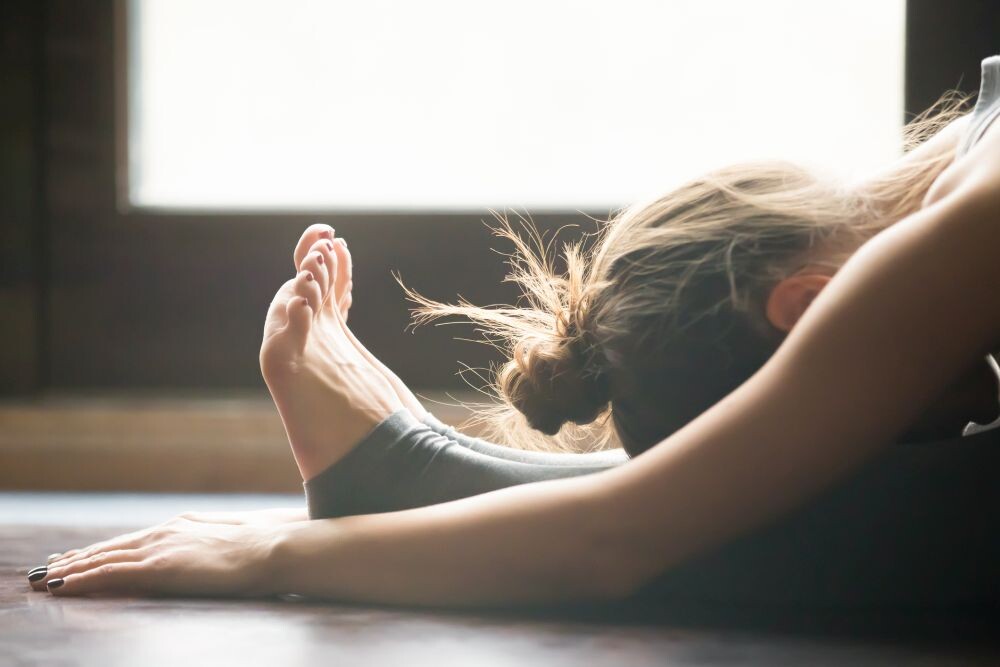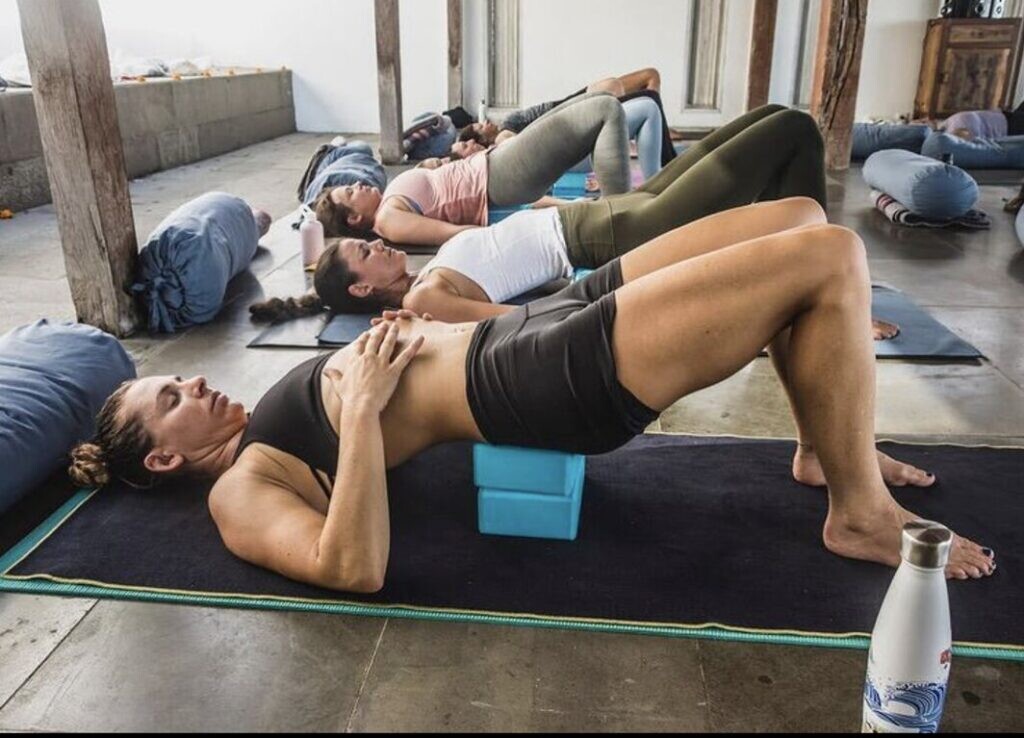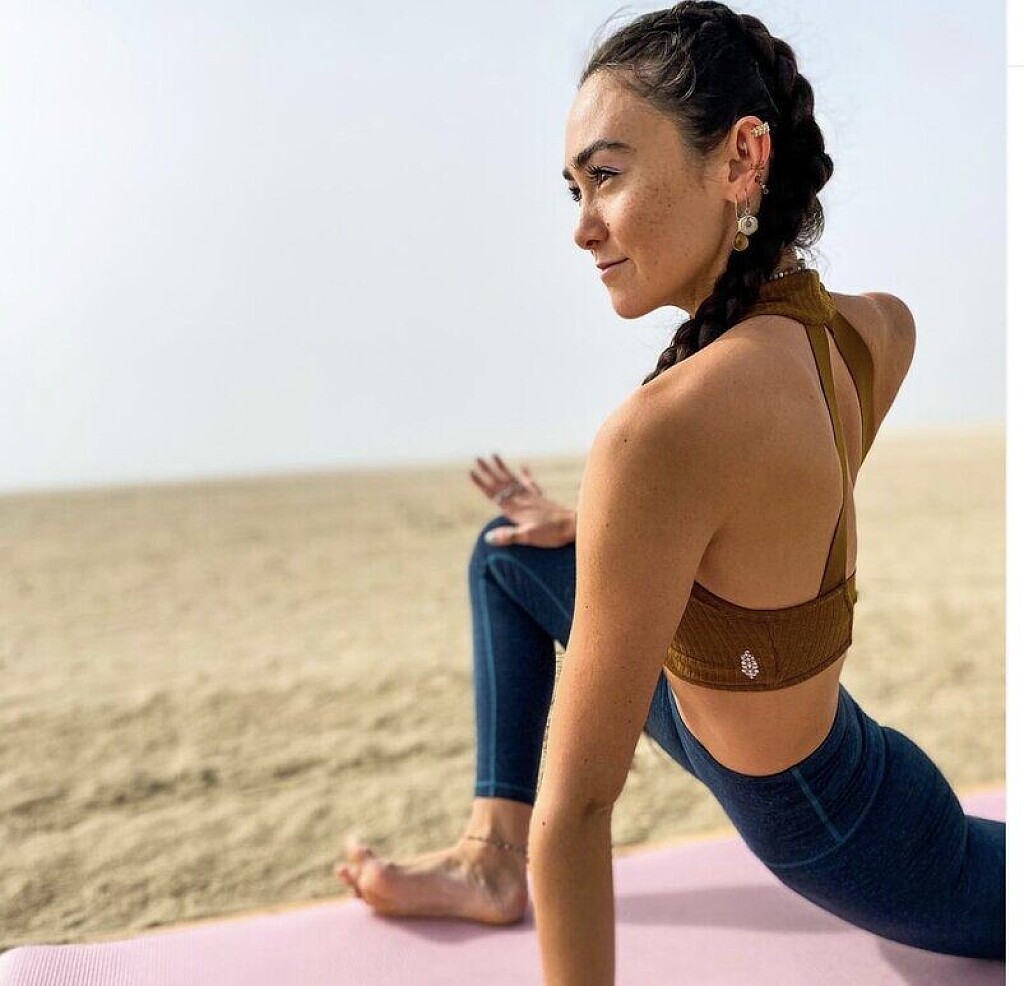Running News Daily
Running News Daily is edited by Bob Anderson. Send your news items to bob@mybestruns.com Advertising opportunities available. Train the Kenyan Way at KATA Kenya and Portugal owned and operated by Bob Anderson. Be sure to catch our movie A Long Run the movie KATA Running Camps and KATA Potato Farms - 31 now open in Kenya! https://kata.ke/
Index to Daily Posts · Sign Up For Updates · Run The World Feed
Here’s why yin yoga is perfect for runners, try these three poses tonight
The ability to withstand discomfort, stronger bones, and fascial release (fascia is the connective tissue that runs from our tongues to the bottoms of our feet) are all perks of making yin yoga a regular practice. If you’re a runner, yin is the ideal counterpart to your weekly speedwork and long runs. Not only will it release tight areas, but it builds mental strength to tackle adversity.
Most runners like to get their sweat on: you feel satisfied after you know you’ve put in a good workout. It’s why it’s so challenging to get runners to reap the benefits of running slowly, and it also may be why you haven’t tried yin yoga yet.

The well-known yoga styles taught in power, flow or hot yoga classes appeal to the athlete who want some extra heart rate elevation in their life. Those styles have a more esthetic focus, whereas yin is increasingly science-based.
Paul and Susan Grilley, two leaders of yin in North America, have done extensive work with cadavers and studied bone variation to determine how yin can best serve a wide variety of people. In yin, it doesn’t matter what your pose ‘looks’ like; you’re going after the desired effect.

We have three foundational poses for you to try tonight. Find a comfortable, quiet spot, grab a few cushions and a stack of books as props and settle in. Yin poses are traditionally held for up to 10 minutes–aim for three, to start, and adjust if you feel pain or numbness. If you feel merely uncomfortable? Dig in.
In yin, much like in running, some discomfort is a good thing: it means the work is being done.
Seated butterfly
From a seated position, bring the soles of your feet together and then slide them away from you. Allowing your back to round, fold forward, lightly resting your hands on your feet or on the floor in front of you. Your head should hang down toward your heels. Relax your face, slow your breath, and allow your body to soften into the pose.
Why
Butterfly pose stretches the lower back without requiring loose hamstrings. If the legs are straighter and the feet are away from the groin, the hamstrings will get more of a stretch. If the feet are closer to the groin, the adductor muscles (along the inside of the thigh) get more of a stretch. Play around with positioning to find the spot where you feel a deep stretch.
Supported bridge pose
Start on your back with your knees bent. Lift the hips high enough to slide a block, bolster, or the homemade equivalent (some firm pillows or several books) under the pelvis. Make sure the support is under the pelvis and sacral area, and not under your low back.
Why
This pose releases tension in the sacrum and lower back. If you bring your arms overhead, you’ll also experience a stretch in the arms and shoulders. For many students, having the arms overhead also creates a nice stress in the lower belly. You may also feel this in your hip flexors (muscles toward the front of the hip).
Dragon pose
Step your left foot forward, slightly wider than your hips, planting your hands or forearms inside your left leg on the floor. Hold, then repeat on the other side. You can try different variations of this pose, taking forearms right to the floor to increase tension, or placing hands on the floor for support.
Why
This pose targets the hip flexor of the back leg. Running can cause tight hip flexors, which then pull on other areas of the body. You’ll also feel this pose in the inner thigh and groin of the leg that is in front, areas that are vital for your knees’ stability.
Remember to gently release each pose after you’ve held it for a few minutes, and spend a few moments in stillness before the next posture. After you’ve completed your poses, release your entire body and let everything relax as you enjoy blissful savasana (corpse pose), the traditional end to any yoga practice.
by Keeley Milne
Login to leave a comment




